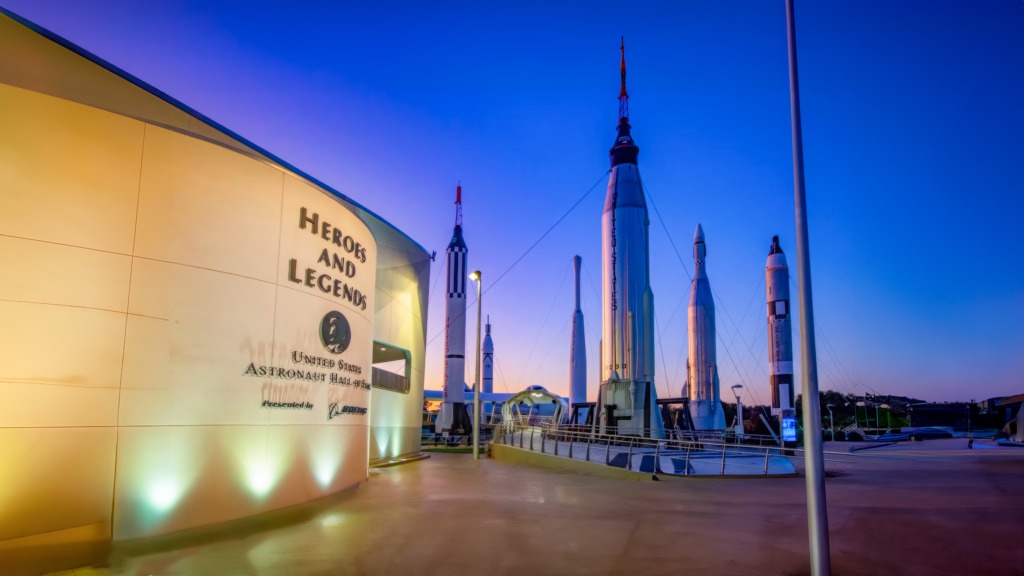On August 23, 2023, India became only the fourth country to achieve a soft landing on the Moon. Its Chandrayaan-3 mission safely delivered the Vikram lander near the Moon’s uncharted south pole—a first in spaceflight history. Millions around the world watched live as mission control confirmed touchdown. The moment sparked jubilation nationwide and signaled a new chapter in lunar exploration. This achievement instantly elevated India’s status among spacefaring nations. Long seen as a rising contender, India now stood shoulder-to-shoulder with the United States, Russia, and China.
Engineering a Successful Lunar Landing
Chandrayaan-3’s road to the Moon emerged from hard lessons learned during a past failure. In 2019, the Chandrayaan-2 mission nearly landed successfully, but its Vikram lander crashed due to a software anomaly. Instead of deterring the Indian Space Research Organisation (ISRO), the setback inspired a thorough redesign for Chandrayaan-3. ISRO adopted a “failure-based design,” analyzing potential issues and fortifying the new lander accordingly. Engineers expanded the landing zone to a 4 km x 2.5 km area, providing extra space for a safe touchdown. The lander carried more fuel, allowing it to hover or move to alternate sites if necessary. Engineers also streamlined the descent algorithms, making the landing software simpler and more robust. The lander matched images to lunar maps in real-time, selecting a safe spot for touchdown without last-minute guesswork. Additional solar panels ensured Vikram could generate power regardless of its orientation after landing.
ISRO conducted exhaustive tests, dropping the fully integrated lander from cranes and transporting it via helicopters to simulate lunar descent conditions. Sensors underwent rigorous vibration testing to ensure survival during space travel. These efforts paid off. When Vikram descended to the lunar surface in August 2023, it performed flawlessly, touching down gently. India conquered a formidable engineering challenge, joining an elite club of nations capable of precise lunar landings.

Science at the Moon’s South Pole
Once on the ground, Chandrayaan-3 began its real mission: exploring the Moon’s intriguing south polar region. Sunlight hits this region at a low angle, leaving some craters permanently shadowed. Scientists believe those dark craters hold deposits of water ice. Chandrayaan-3 landed near these craters, making it ideal for close investigation.
The mission carried instruments to examine the soil composition and search for volatile substances. In its first week, the Pragyan rover rolled out from Vikram and made surprising observations. One spectrometer detected sulfur in the lunar soil near the landing site. Although sulfur appeared in Apollo samples decades ago, detecting it directly on the Moon helps confirm that volcanic or chemical processes distributed these elements widely.
A thermal probe on the lander drilled a few centimeters into the ground and recorded temperature readings. Measurements revealed a sharp temperature drop just inches below the surface. This resulted from rapid surface heating under sunlight while the underground remained frigid. This marked the first-ever thermal profile measured near the Moon’s pole. The data helps scientists plan future habitats or experiments by revealing how lunar conditions behave in previously unexplored areas.
Most importantly, Chandrayaan-3 confirmed the accessibility of the south pole’s shadowed craters. While the rover did not enter permanent darkness, its success nearby demonstrated the possibility of future exploration. The mission laid the groundwork for detailed studies of polar water ice by future missions. ISRO officials noted Chandrayaan-3’s data on soil composition and terrain will support upcoming lunar resource missions.
Space Resources and the New Lunar Economy
Beyond scientific curiosity, practical reasons attract many nations and companies to the Moon’s south pole. Water ice in shadowed craters could be mined for rocket fuel, drinking water, and breathable air. Discovering lunar water dramatically reduces costs for deeper space missions by enabling in-space refueling and resupply rather than hauling resources from Earth.
Chandrayaan-3 landed near these craters, providing India a strategic foothold in a region potentially rich in lunar resources. The coming decade will likely see increased commercial development of the Moon as multiple countries and private companies establish a sustained cislunar presence. NASA’s Artemis program aims to return humans to the Moon and create a long-term research station near the south pole. Private companies plan landers for payload transport and resource surveys. China also has ambitious plans, including robotic missions and a permanent lunar base by the 2030s.



